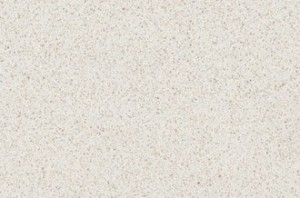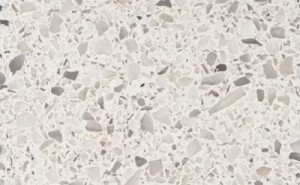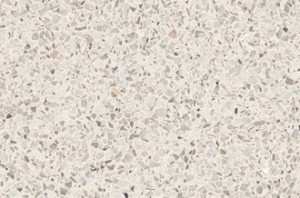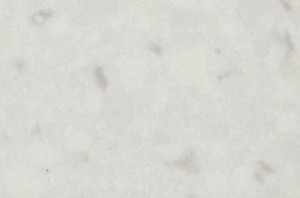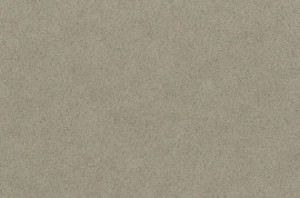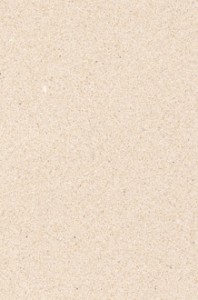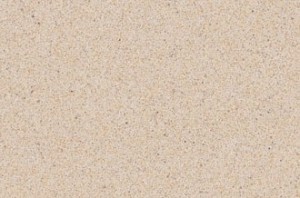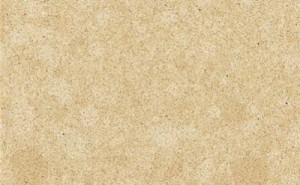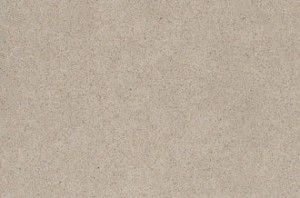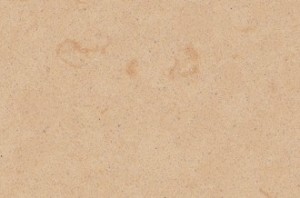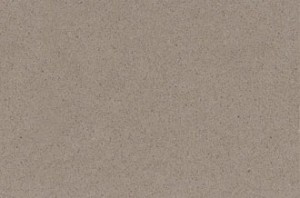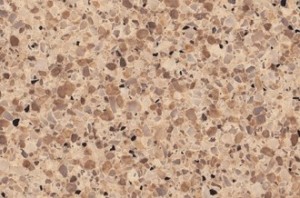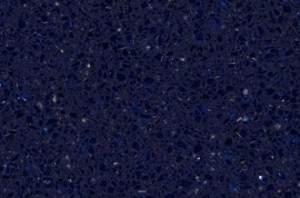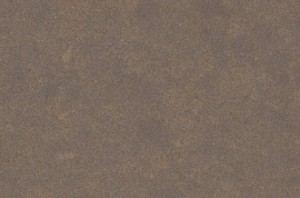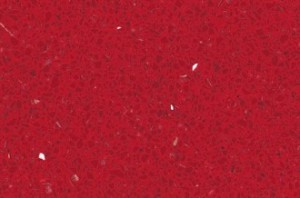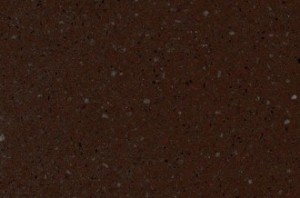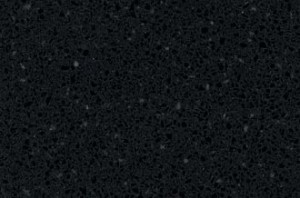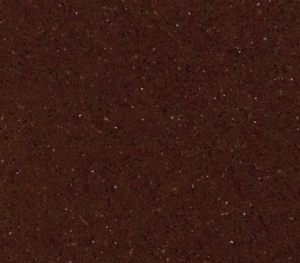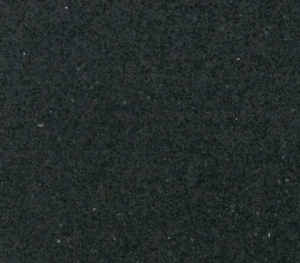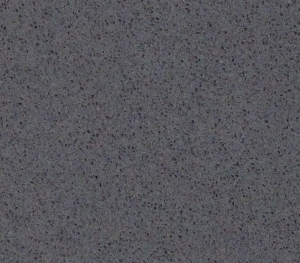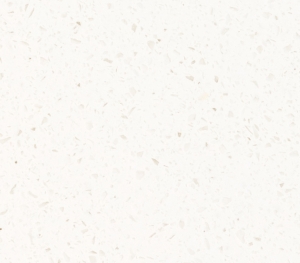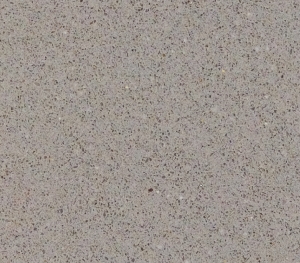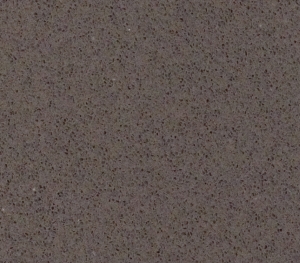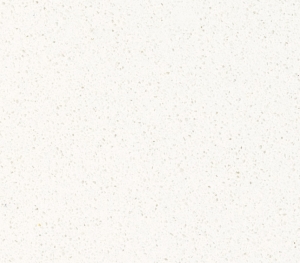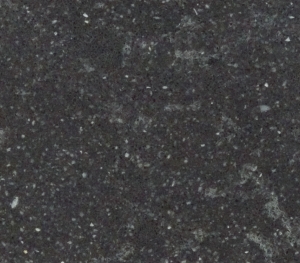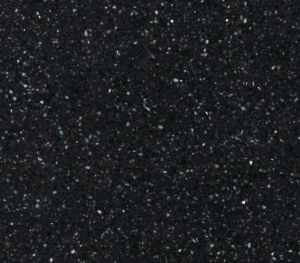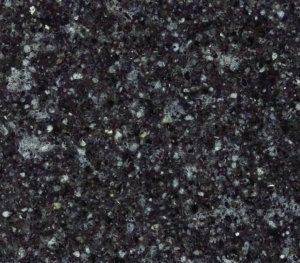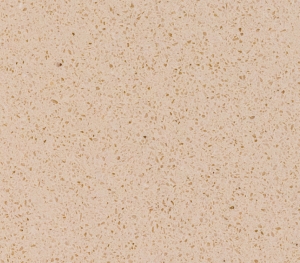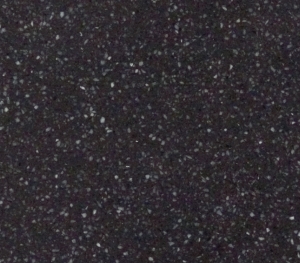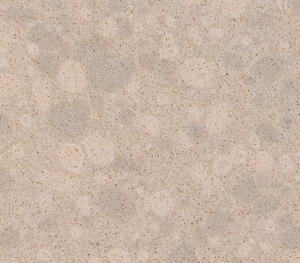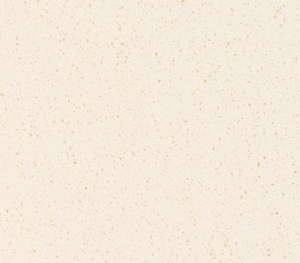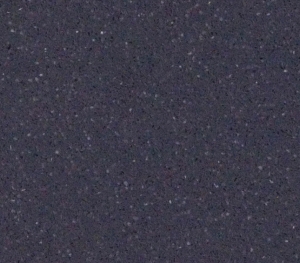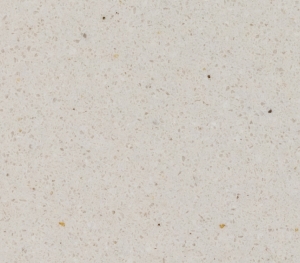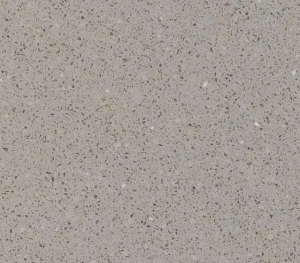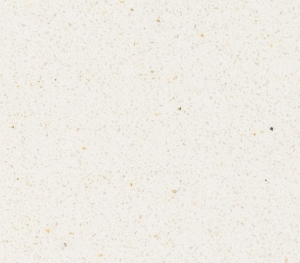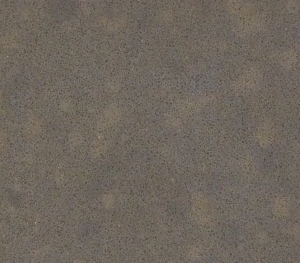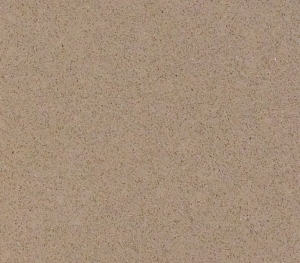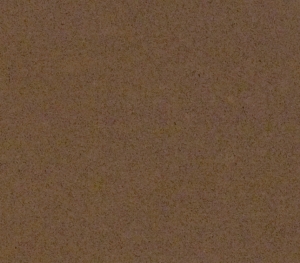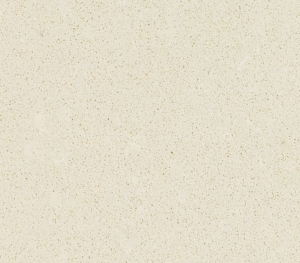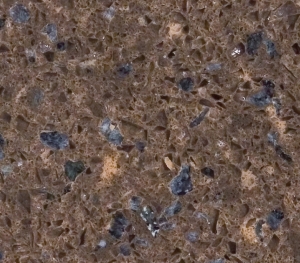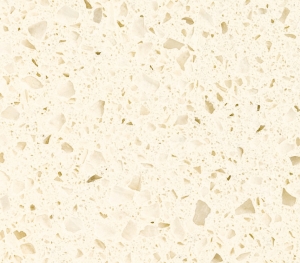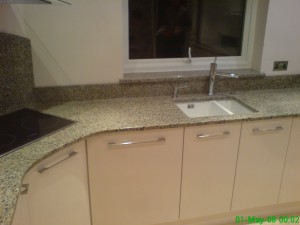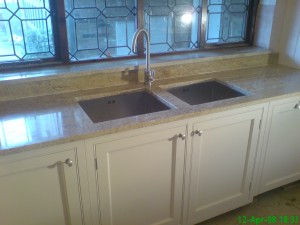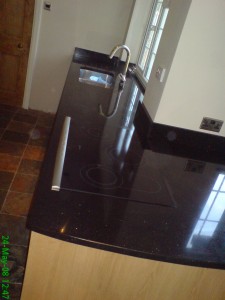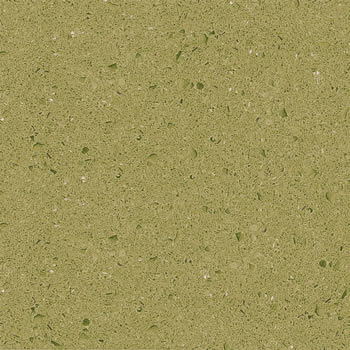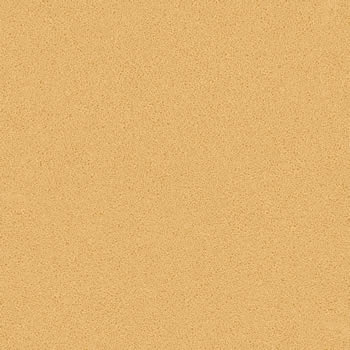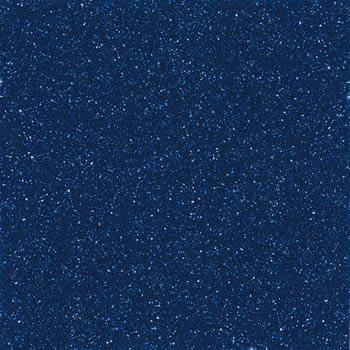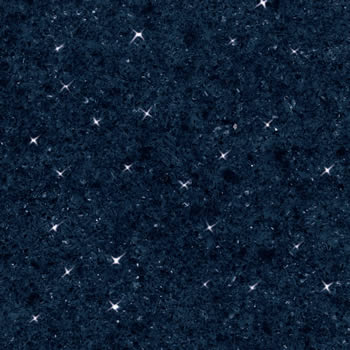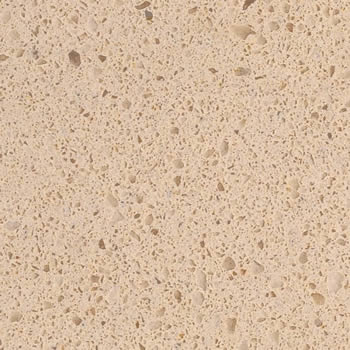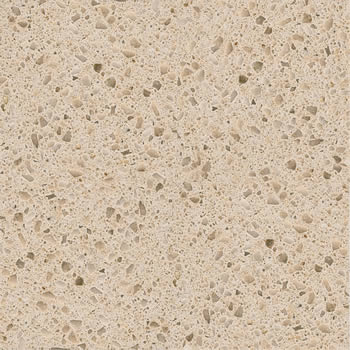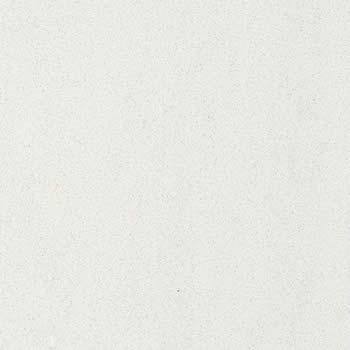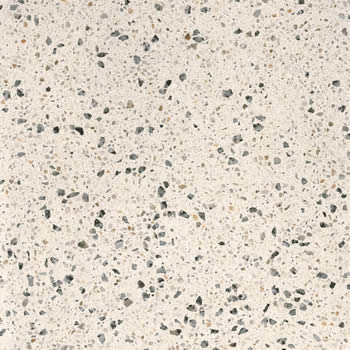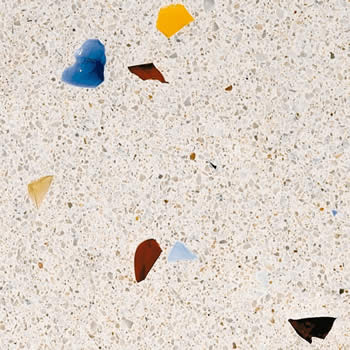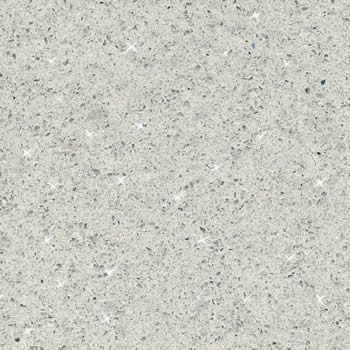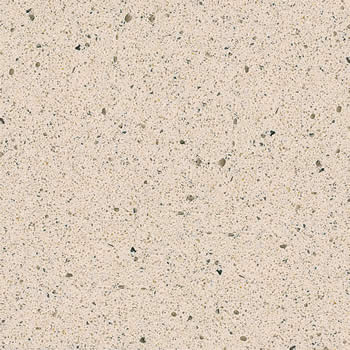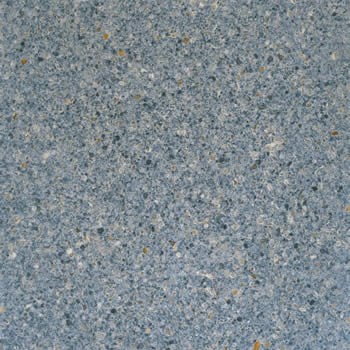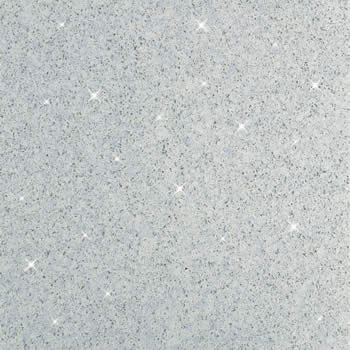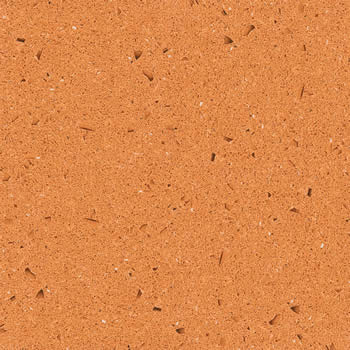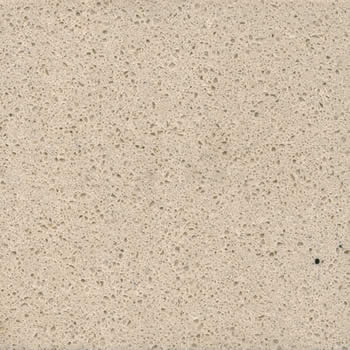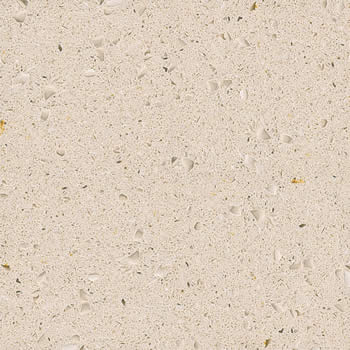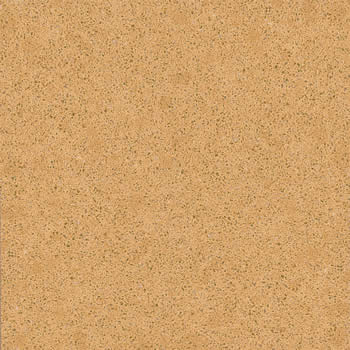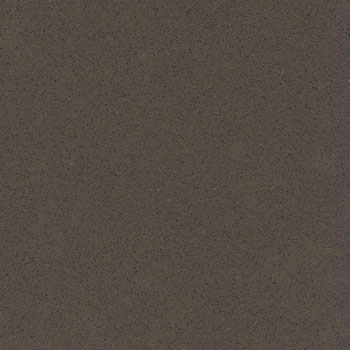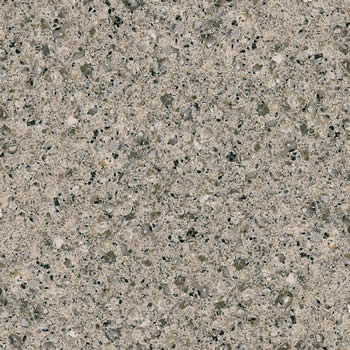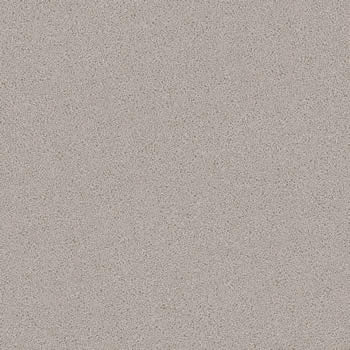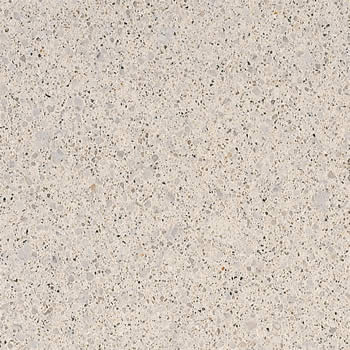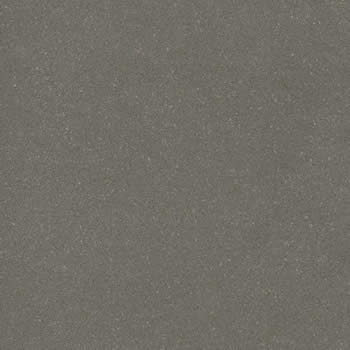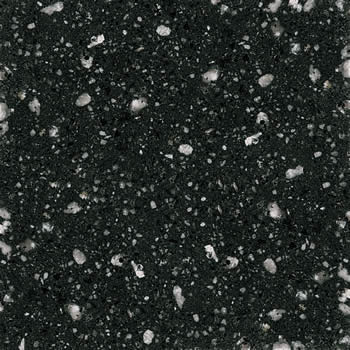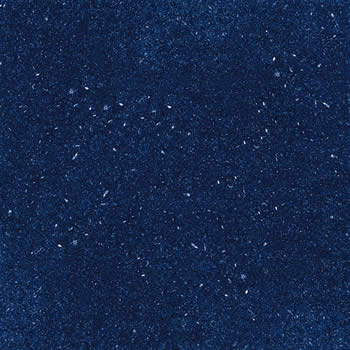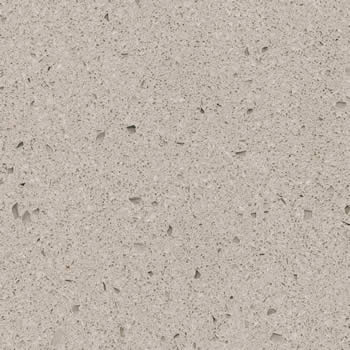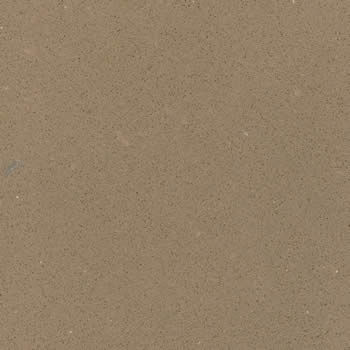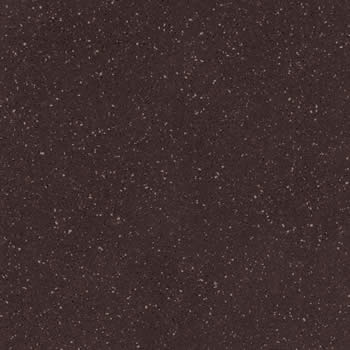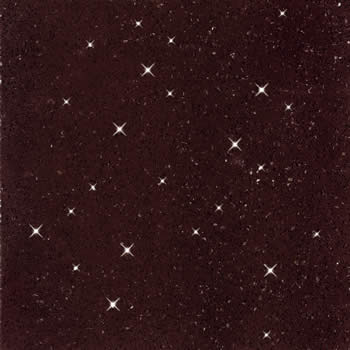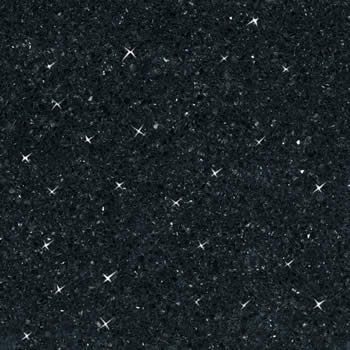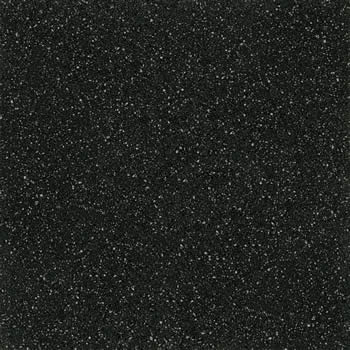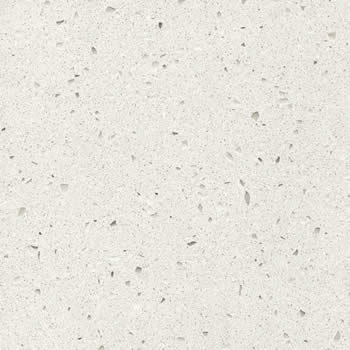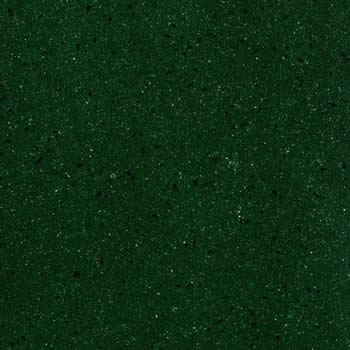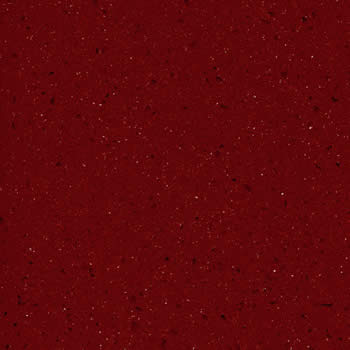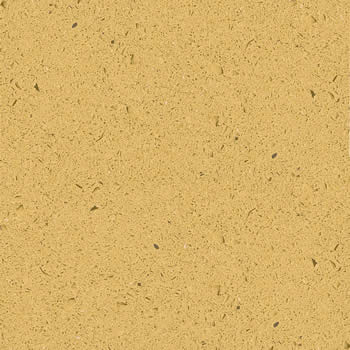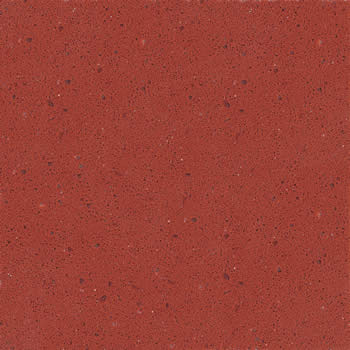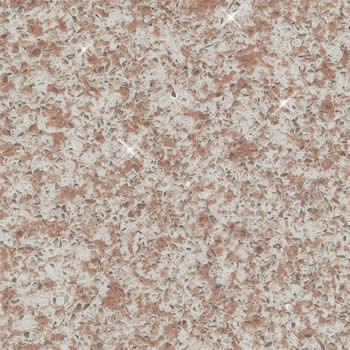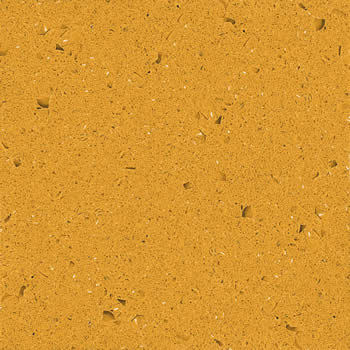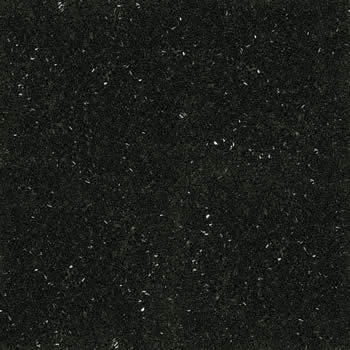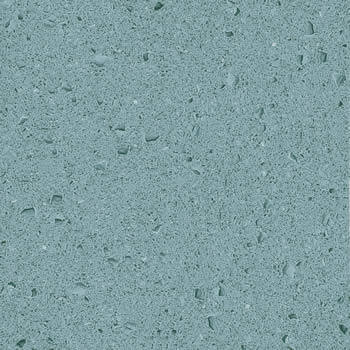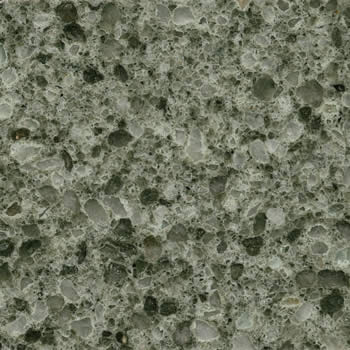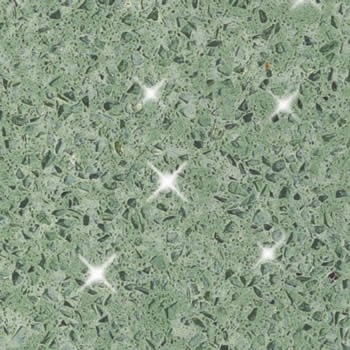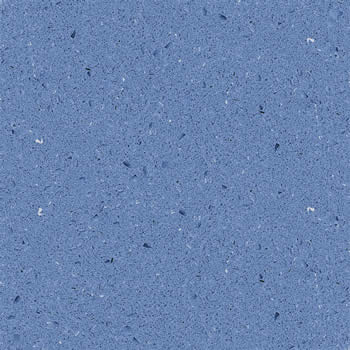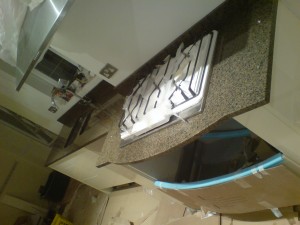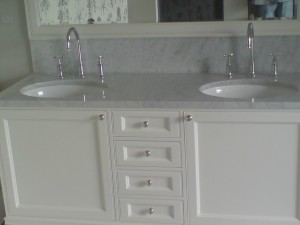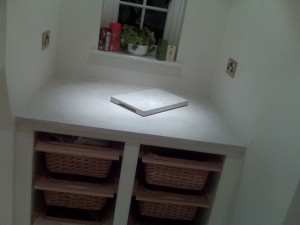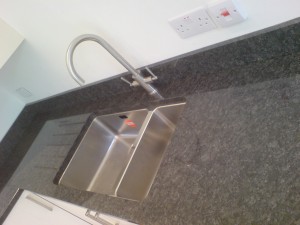
Affordable granite
If you have been seeking affordable ways to improve your home and increase its re-sale value, you will be happy to know that cheap granite is now available. Beautiful polished granite was once only expected to be seen in multi-million pound homes. Granite is now very popular all over for kitchens and bathrooms because of its current affordability and beauty. Take a close look at the cheap granite options available in your area before you settle for less of an improvement to your home than you really desire. The natural look of granite, with its splashes and flecks of varying colours, is a result of ancient volcanic activity. This natural beauty can add to your enjoyment of your home, with a wide range of colours to complement any background. Granite’s mottled colours include reds, pinks, blues, coppers, greys, browns, and greens.
The cheapest granite options are pre-cut and pre-packaged granite tiles. The lowest priced tiles can be around £60 per square metre. These tiles are generally available in 12″ squares, and you can choose to install them yourself. If you choose to install your own granite, you should keep in mind that granite is a natural material, and you will need to watch for any undesired colour variation as you lay the tile. You should also know that this natural material is generally thicker than ceramic tiles. Granite tiles are usually 10/12 mm thick. These tiles can be used to cover floors, countertops, and vanity tops as you see fit. If you have the tools and patience to work with handling 12mm thick granite in your home, you can find whole granite slabs for sale, averaging around £170 per square metre.
Cheap granite is available, so you may decide that you can afford to pay for professional installation. Most professional natural stone workers offer free estimates, so it is a good idea to plan ahead. Get a good idea of exactly how many square metres you want to cover with granite before you ask for an estimate. You can compare the professional estimate with your own estimate of how much it would cost you in both materials and time to do the job yourself.
There are several advantages to a professional installation, and you could easily find them to be worth the additional cost. One of the advantages of professional installation that a professional is much more prepared to install a custom marble slab, or slabs for your kitchen counter tops. These granite slabs can be very heavy; usually 20mm/30mm thick, and weighing about 60 kilograms per square metre, but the natural look of granite is enhanced when you have a large, unbroken piece. Professionals are also best for installing custom cut pieces, such as back splashes. A professionally installed, hand-crafted, granite vessel sink can also add a lot to your decor.
No one needs to think that granite is only for castles and mansions. An average home looks elegant and well cared for when it includes granite kitchen worktops and granite bathroom tiles and vanity tops. Now is a good time to see for yourself how granite can fit into your home improvement budget. You do not have to miss out on having natural stone in your home.

